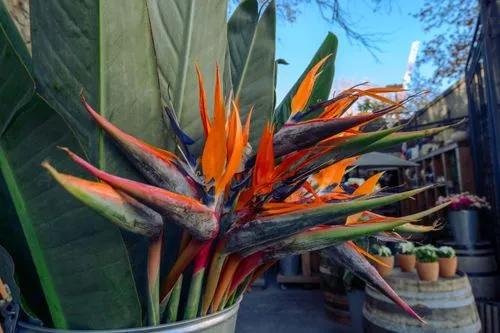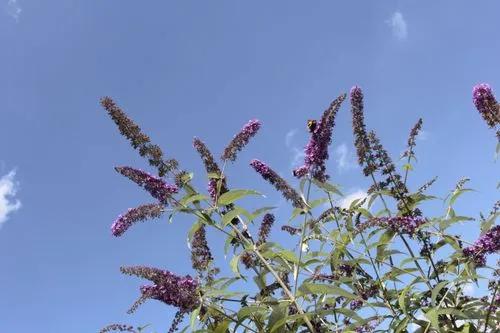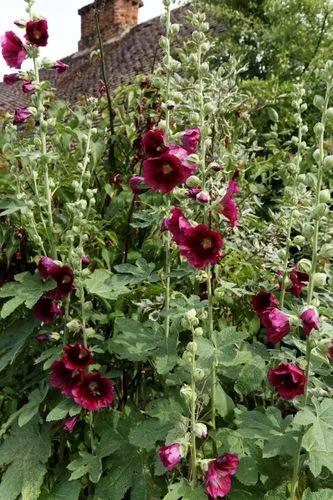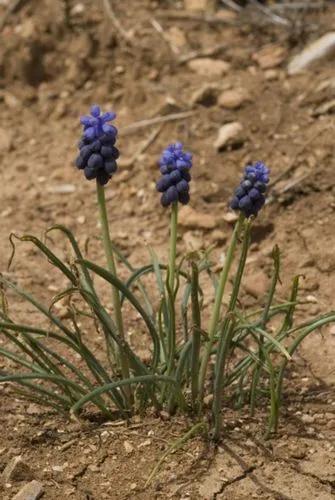Bloodroot is a plant. People use the underground stem (rhizome) to make medicine. People sometimes use bloodroot by mouth or apply it to the skin for a long list of conditions, but there is no scientific evidence to support these uses, and using it can be unsafe.
Bloodroot Care
Sanguinaria



How to Care for the Plant

Water

Regular watering is not required for bloodroot grown in a shady spot with normally moist garden soil. However, in partial sun or if your soil tends to dry out, water weekly to prevent the leaves from going dormant during the summer.

Fertilizer

Commercial fertilizer is not recommended. However, a layer of good garden compost spread around the perimeter of the bloodroot colony will encourage its continued expansion. The ideal spring mulch is an inch or so of chopped decaying leaves around the plants. Do not use a heavy layer of bark mulch.

Sunlight

Bloodroot's habitat in the wild is typically on moist slopes or along stream beds in deciduous forests. In the landscape, locate it in an area that will receive some sun in spring but that will be at least partially shaded in summer. This stipulation readily suggests bloodroot as a plant you can grow under deciduous trees. You'll have less success growing it on the north side of a house because the shade cast by a structure is more or less constant (unlike the shade cast by deciduous trees).

Soil

Provide bloodroot plants with a well-drained, acidic soil enriched with hummus.

Temperature

Bloodroot thrives in a cool, not-too-hot climate. It grows in USDA Hardiness zones 3–8

Additional

Even though it's an alternative medicine staple, bloodroot contains the poisonous alkaloid sanguinarine, therefore all parts of bloodroot are dangerous for humans or animals to consume.

Popularity

3 people already have this plant 4 people have added this plant to their wishlists
Discover more plants with the list below
Popular articles






